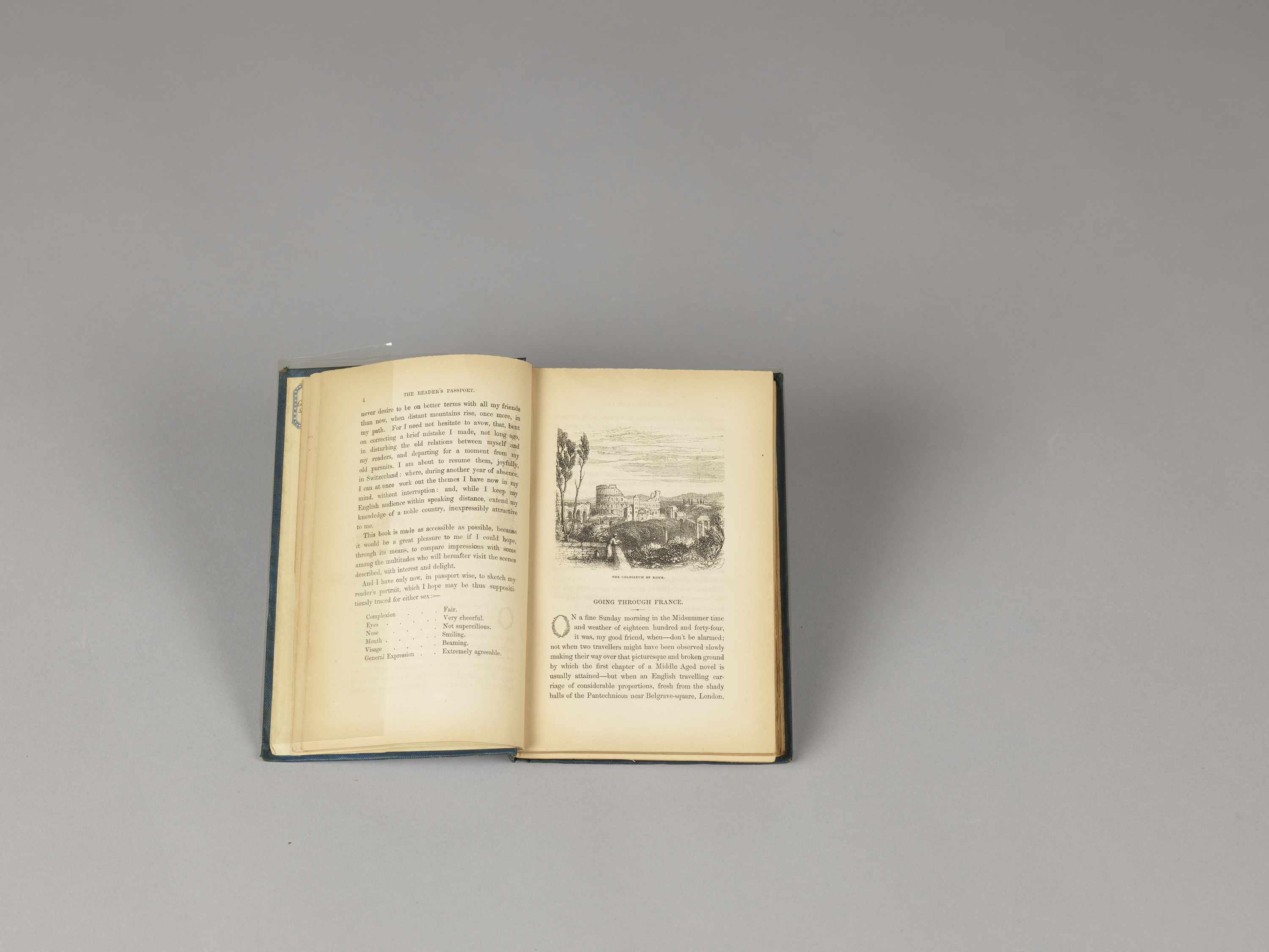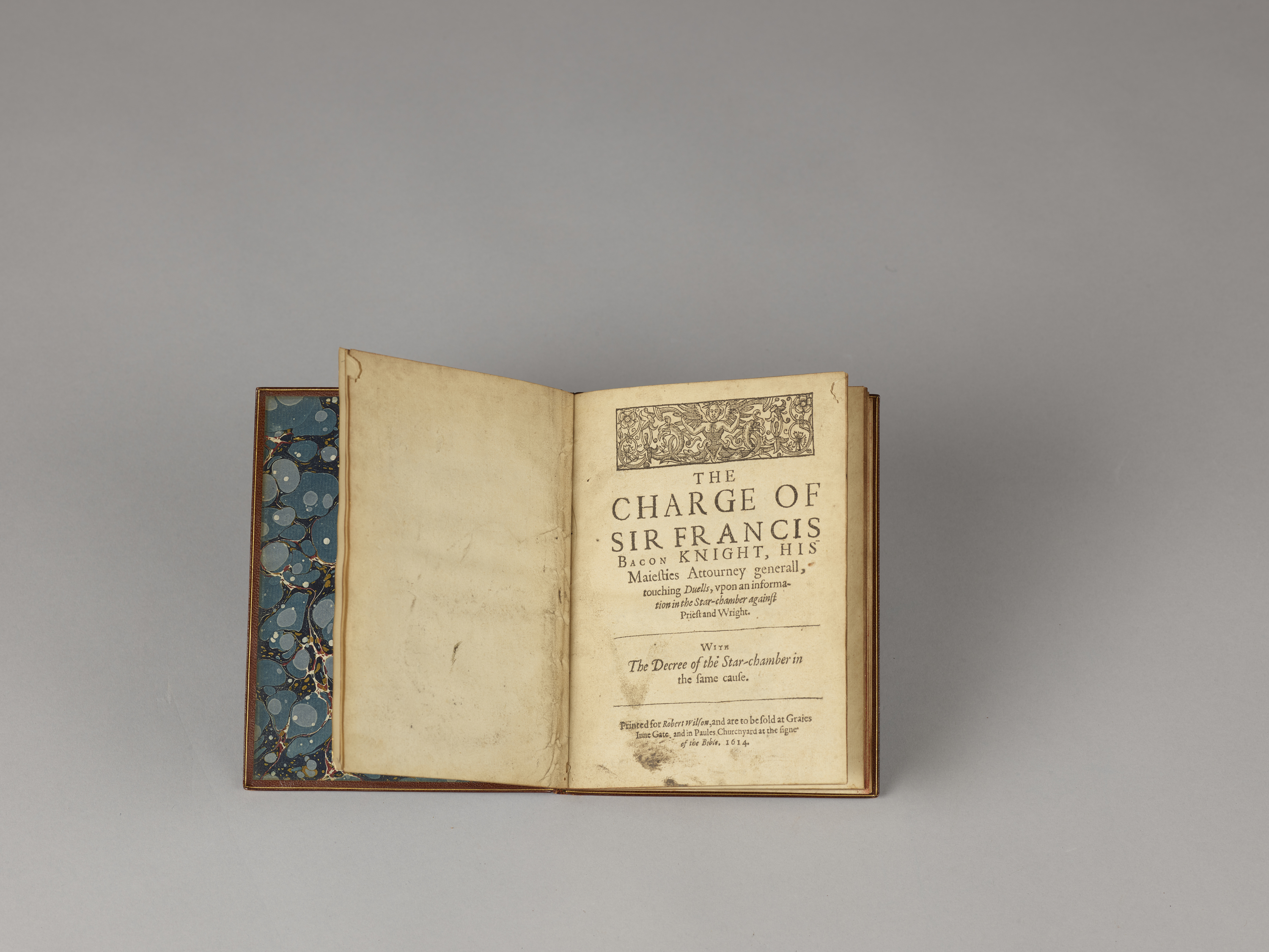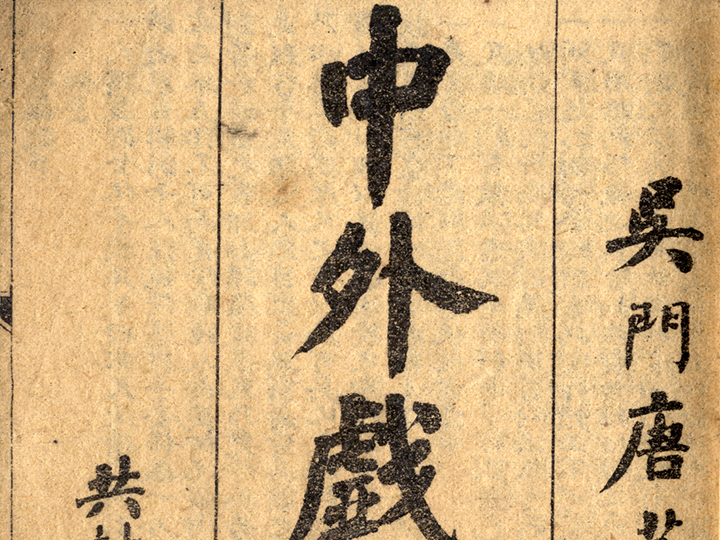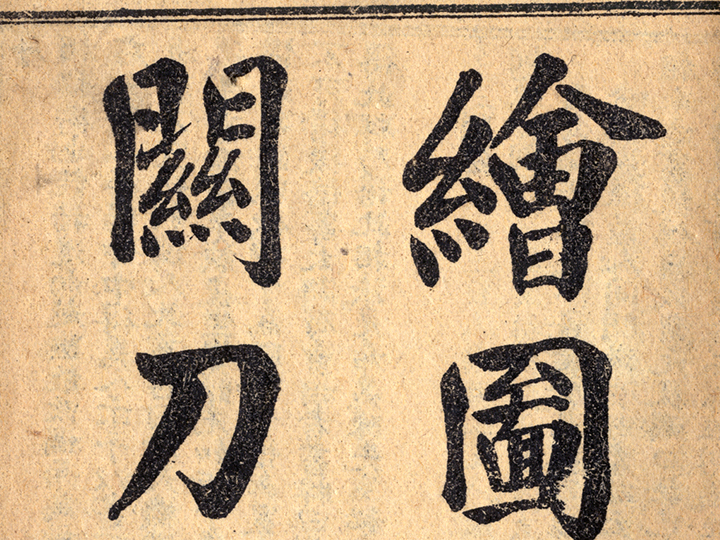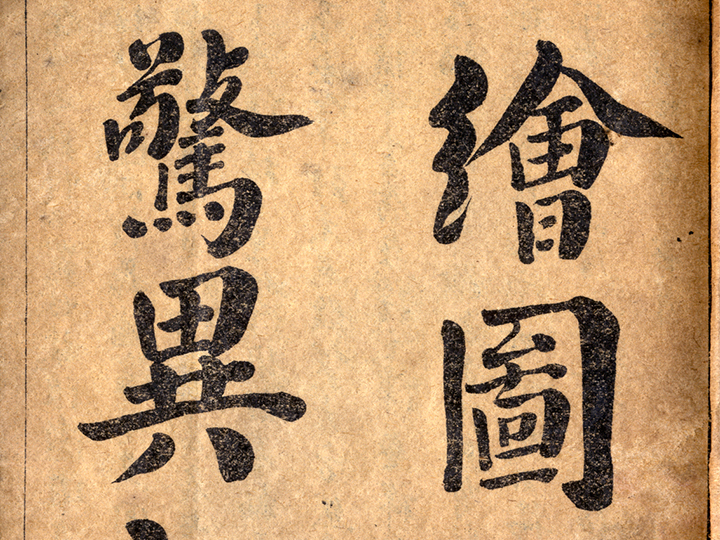Learning Resource
Western Small-sized Imprints
The introduction of metal movable type printing by the German
goldsmith Johannes Gutenberg (c. 1400–1468) in the mid-15th century was one of the events that
paved the way for the modern history of the West, and one that played an influential role in
such pan-European cultural movements as the Protestant Reformation, the Scientific Revolution,
and the Enlightenment. While the production and publication of books and the circulation of
knowledge has undergone fundamental changes from the 16th century onwards owing to the arrival
of publishing houses, the advancement in book production techniques, and the emergence of the
mechanization of printing, the basic form of the book has not. The books that we see on the
market today still retain the form and look of the Roman codex, which was modeled on the wax
tablet used by the Assyrians in antiquity.
Compact and easy-to-carry small-sized editions
are as old as history. When humans started to make objects in the Paleolithic period, they were
already experimenting with scale to make miniature or micro versions of such objects. The
Babylonians were known to make records of trade in small clay tablets with cuneiform
inscriptions. Books are no exception: small-sized versions appeared almost concurrently with
their regular counterparts, and the lower costs of the small-sized imprints meant that ordinary
families could also afford to make reading part of their lives.
Early Small-sized Imprints of Taiwan
This section features a selection of 19 small-sized books in 21
volumes; some were printed in Taiwan, and others printed in China and circulated in Taiwan.
Certain imprints were showcases for delicate bindings, but they were produced primarily for
reasons of ease of carriage and low cost.
The books shown in this section fall into five
categories: (1) educational materials, and the foundation textbook on the Minnan dialect
Qianjin Pu (A Thousand Pieces of Gold) printed by Songyunxuan in Tainan is the
oldest extant copy, while the Zhiming Suanfa (Guidance for Understanding of Computational
Method) is an early work on arithmetic; (2) handy reference books, such as Shinonggongshang
Shouchao Libian Laiwang Shuxin (Letter Writing for All Walks of Life) and Huitu
Zengbu Zhengxu Wanbao Quanshu (Illustrated and Enlarged Complete Book of Myriad
Treasures, with Supplements), for each household; (3) compact language texts providing easy
access to required passages, such as Zengbu Shiwu Yinhui (Supplemented 15 Phonemes),
Taiwan Hua (Taiwanese), and Rimin Huihua (Conversational Japanese and Minnan); (4)
handbooks that are easy to carry, including Dengmi Daguan (A Grand View of Lantern
Riddles), the fortune-telling Huitu Baihe Shenshu (Illustrated White Crane Magic), and
Huitu Shenxiang Tieguandao (An Illustrated Overview of Physiognomy); and (5) light
readings for travel, such as Xiuxiang Yang Wenguang Pingnan Quanzhuan (General Yang
Wenguang Pacifying the South, Embroidered Portraits), Huitu Paian Jingyiji
(Table-pounding Amazements Illustrated), and Zhouche Xiaoqianlu (Pastime Literature for
the Road). All these exhibits bring to the fore the low cost, convenience, and practicality of
small-sized imprints.
Of the imprints on view the most unusual is the earliest extant
title on magic the Zhongwai Xifa Tushuo (Illustrated Magic Tricks from China and Abroad)
written by Tang Zaifeng, who had studied a variety of tricks for over 30 years. Presenting more
than 300 tricks, the lithographic edition is divided into 12 juan (fascicles) over 6
volumes, accompanied by explanatory illustrations. The Shenxian Xishu (Fantastic Magic
Tricks) of the Ming dynasty is the earliest known magic trick book in China; however, it is now
lost. This makes the Zhongwai Xifa Tushuo the earliest extant book of its kind. Promoting
the rather advanced idea of romantic love, the Hongying Zhiming Ge (The Song of the
Singing Red Oriole) is a collection of Taiwanese pop songs during the Japanese Colonial Era. A
number of memorable pieces worth savoring are included in the volume, such as the famous Tiaowu
Shidai (Dancing Era)."

